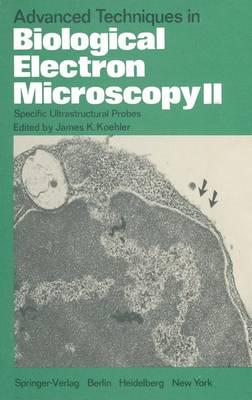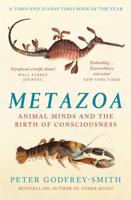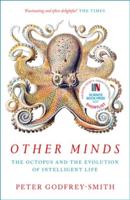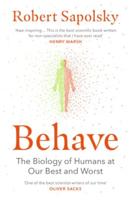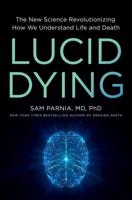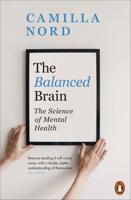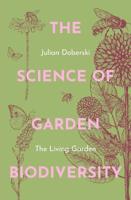Publisher's Synopsis
The use of the term "advanced" in the title of this book is somewhat ar bitrary and very much relative with respect to time. Many techniques which were considered at the "cutting edge" of ultrastructural methodology just a few years ago are now rou tin ely used in numerous laboratories. One could cite freeze-fracture, cryothin sectioning, or indeed most of the field of scan ning electron microscopy as concrete examples. Thus the use of the term "ad vanced techniques" must be interpreted with regard to the present state of the art, and is useful only in informing the potential reader that this volume is not a primer to be used as an initial introduction into basic biological elec tron microscopy. Many excellent volumes have filled that niche in the past few years, and it is not intended that this modest book be a complete com pendium of the field. Furthermore, any limited selection of papers on advanc ed techniques necessarily reflects the preferences and arbitrary whims of the editor, thereby excluding many equally important procedures which the knowledgeable reader will readily identify. The first volume of this series appeared approximately five years ago and illustrated techniques which were thought to represent advanced and yet ba sically morphological methods for gaining increased ultrastructural informa tion from biological specimens. The present volume, on the other hand, stresses techniques which provide specific physicochemical data on the speci mens in addition to the structural information.
